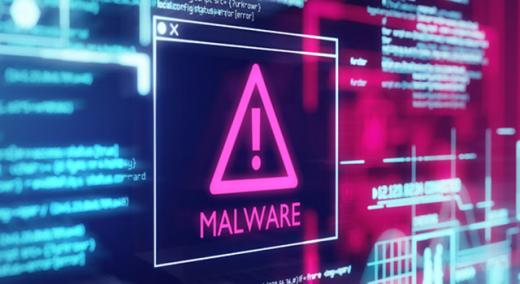The promise of advanced manufacturing technologies—also known as smart factories or Industry 4.0—is that by networking our machines, computers, sensors, and systems, we will (among other things) enable automation, improve safety, and ultimately become more productive and efficient. And there is no doubt that manufacturing has already benefited from that transformation.
|
ADVERTISEMENT |
However, connecting all of these sensors and devices to our industrial control systems, along with the increase in remote work and monitoring, results in manufacturing networks with greater vulnerabilities to cyberattack. This is an increasingly challenging dynamic as manufacturers sort out how to adopt commercial information technology (IT) standards that are compatible with their operational technology (OT) standards.
…

Comments
The use of Shewhart control charts in cybersecurity
The use of Shewhart control charts in cybersecurity
Dear Michael,
Our software allows you to use Shewhart control charts as a simple and very effective tool in ensuring the cybersecurity of enterprises.
The software uses statistical process control methodology and the power of Microsoft Power Query for Excel:
https://deming.pro/product_shewhart-control-chart-for-excel.html
Add new comment